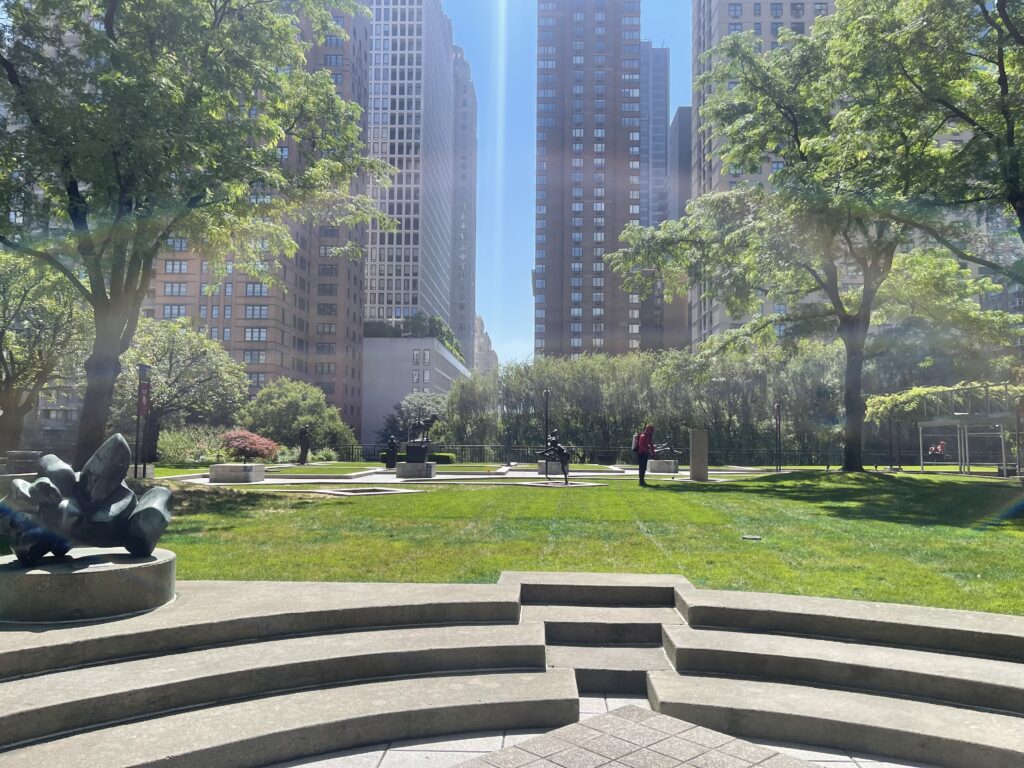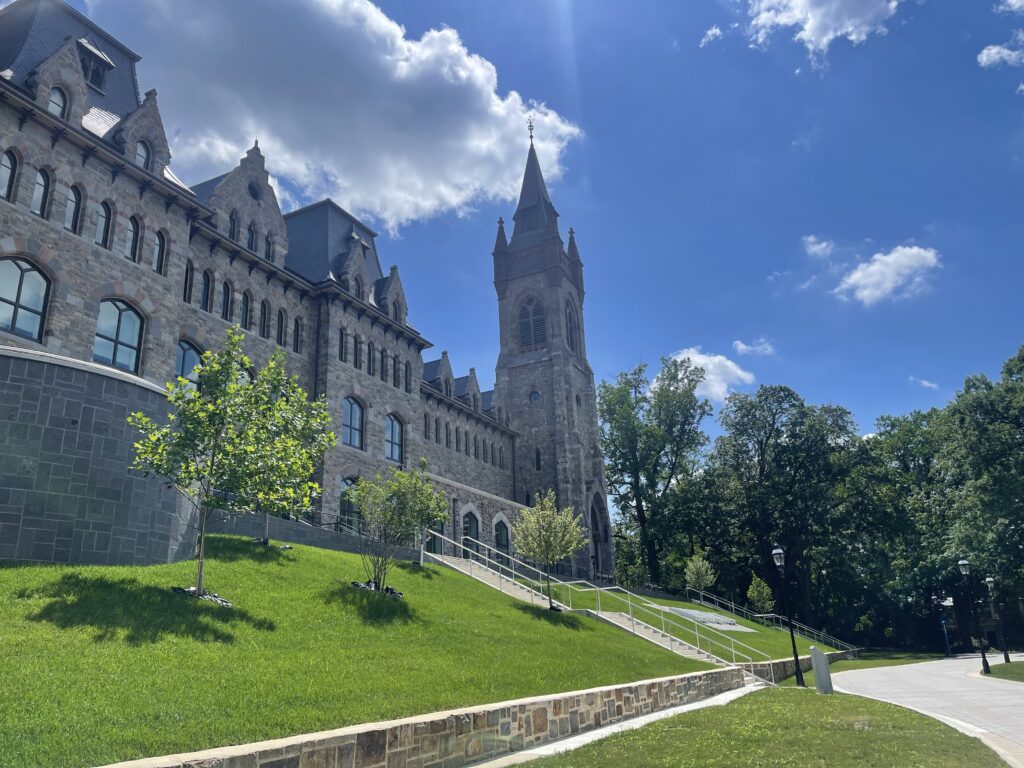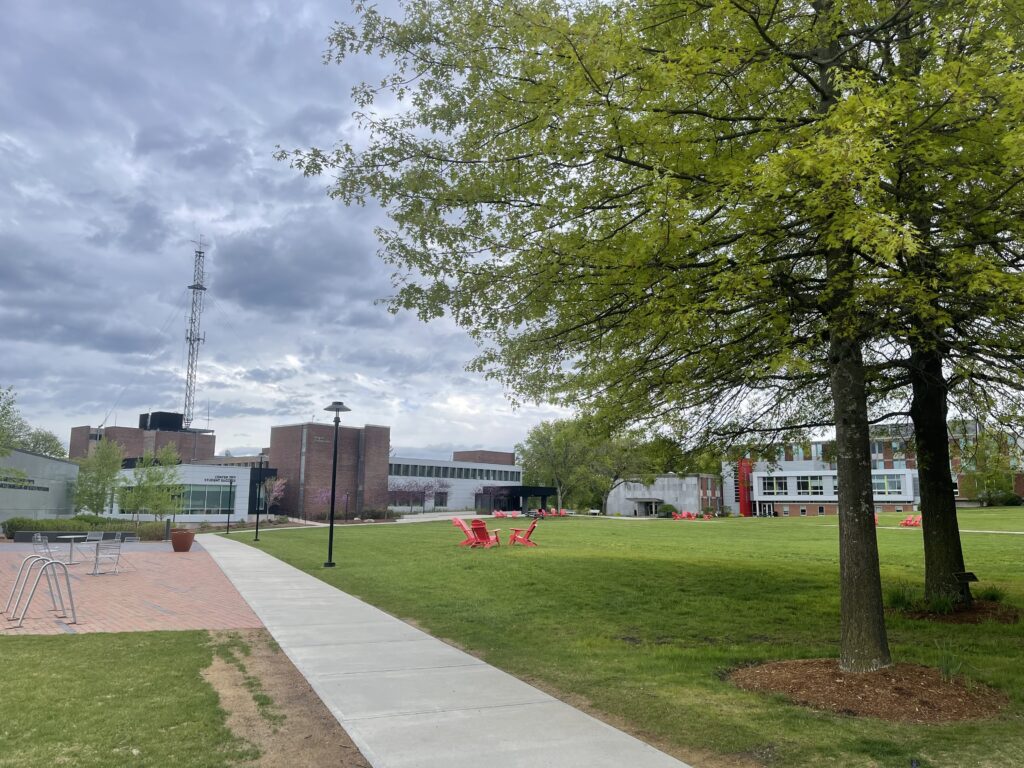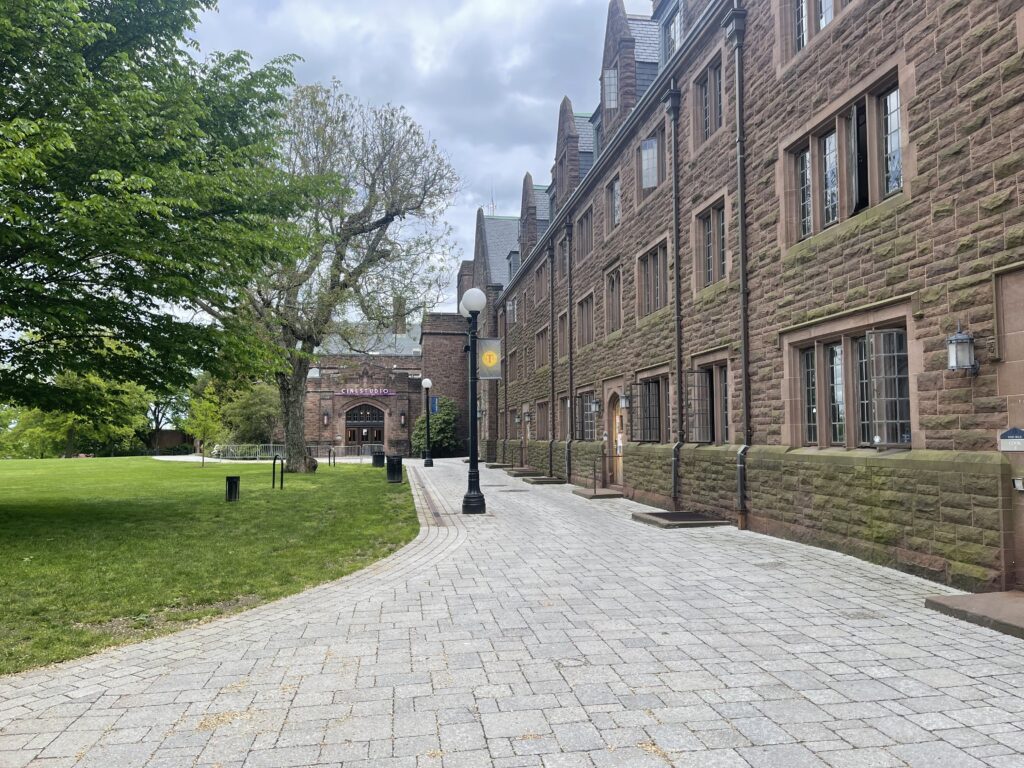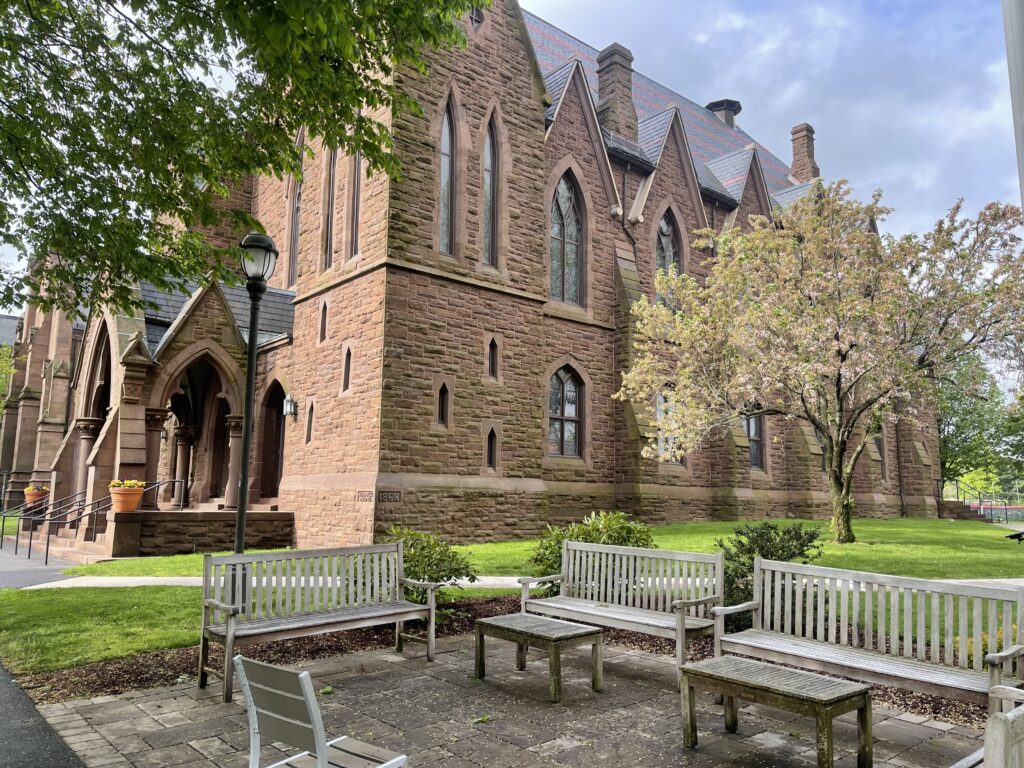You can read about some of my campus visits by scrolling down or using the following links:
Barnard College
Belmont University
California Institute of Technology
Clemson University
Columbia University
Connecticut College
The Cooper Union (Nerken School of Engineering)
Davidson College
Drew University
Eastern Connecticut State University
Elon University
Fisk University
Fordham University (Lincoln Center)
Fordham University (Rose Hill)
Furman University
Guilford College
High Point University
Hunter College (CUNY)
Lafayette College
Lehigh University
Loyola Marymount University
Macaulay Honors College (CUNY)
Marist College
Marymount Manhattan College
Middle Tennessee State University
The New School
NYU (Gallatin School)
NYU
Occidental College
Pace University
Pepperdine University
Purchase College
Princeton University
Queens University of Charlotte
Rutgers University – New Brunswick
Saint Louis University
Sarah Lawrence College
Sewanee: The University of the South
Southern Illinois University
Stevens Institute of Technology
Trinity College
University of California San Diego
University of Connecticut
University of Hartford
University of Missouri
University of Pennsylvania
University of Southern California
Vanderbilt University
Vassar College
Wake Forest University
Washington University in St. Louis
Wesleyan University
Wofford College
Yale University
